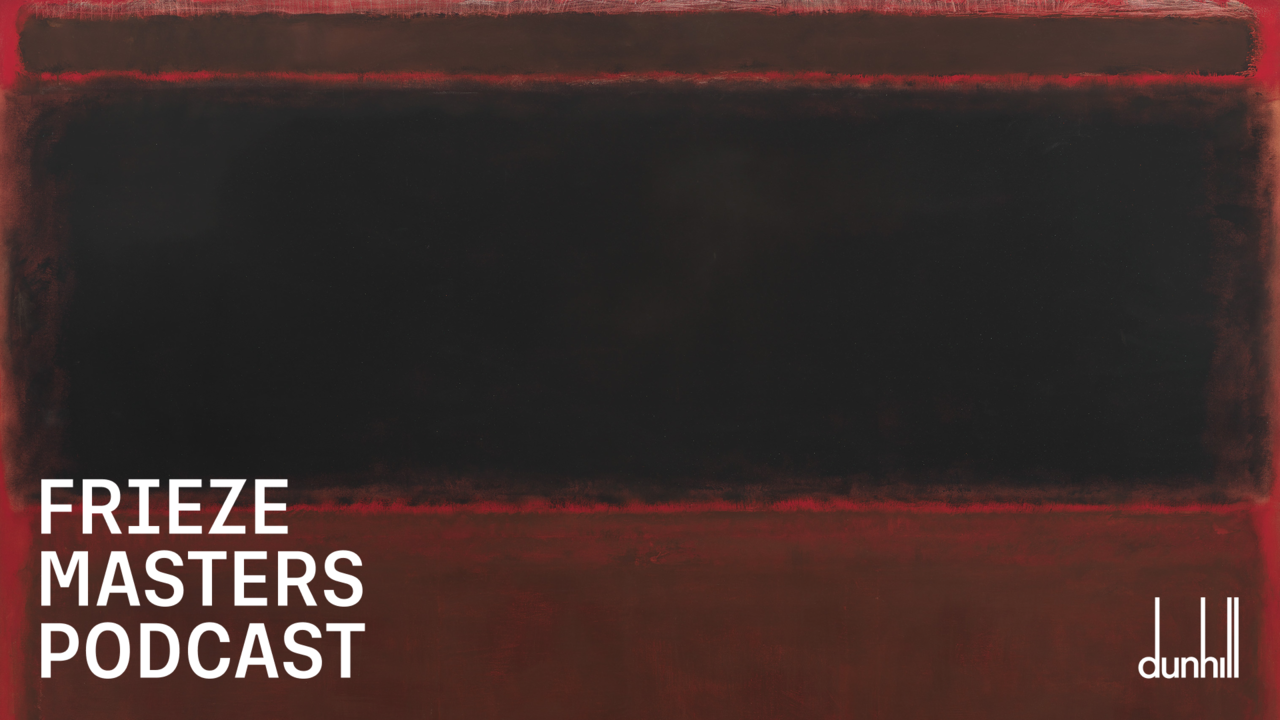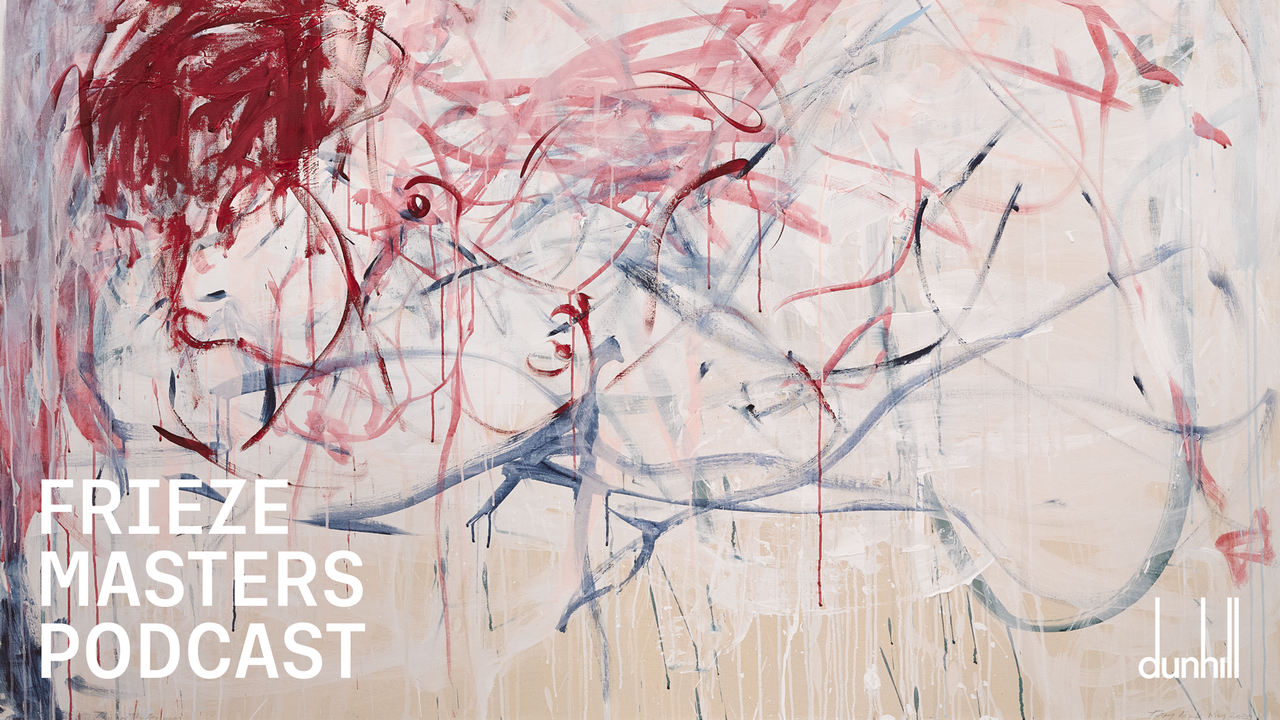Coming and Going
'femininmasculin, Le sexe de l'art' at Centre Georges Pompidou, Paris
'femininmasculin, Le sexe de l'art' at Centre Georges Pompidou, Paris
Buried among the press information for the show 'fémininmasculin, Le sexe de l'art' is an interview between curator Bernard Marcadé and Jean-Christophe Ammann, the director of the Museum of Modern Art in Frankfurt. 'Ever since I was young', says Ammann, 'I have lived a life between the two sexes. But now that I am 56 years old I should like "to be a woman": not that I should like to be a transvestite or transsexual, but to comprehend the world through the eyes of a woman'. In his 1974 show 'Transformer', Ammann used contemporary pop songs to investigate gender ambiguity, and to advocate an eroticism in which sexuality could be redefined by a 'new female order'. This also seemed to be the premise of 'fémininmasculin...', conceived by Marie-Laure Bernadac and Bernard Marcadé. Even the title, typographically combining the words 'féminin' and 'masculin', reflected sexual hybridity. But what is this 'new female order'? In the catalogue's central text, Marcadé calls it the devenir-femme, after the theories of Deleuze and Guatarri: recognising that sex per se has lost its subversive element, Marcadé feverishly pursues a new space without gender classification. This perspective is naive, predominantly because it ignores the cultural and behavioural ramifications of gender and sexuality. Foucault's position, acknowledging that power and strategies of control lurk even within gender categories, seems more pertinent here.
The show itself provided other problems. Structured around five parts or (appropriately enough) sexiones - 'the Origin of the World', 'Identities and Masquerades', 'Histories of the Eye', 'Attractions and Repulsions', and 'Natural Histories' - it included over 500 works. Picasso and Duchamp, unsurprisingly, provide the two central axes: Picasso the thrusting, macho artist versus Duchamp (via alter ego Rrose Sélavy) transcending the limits of masculinity and femininity.
The first sexion, beginning with Courbet's mythical L'origine du monde (1866), the painting that Lacan jealously kept hidden, highlighted the divisions between the sexes. The unfortunate result was an excess of phallic and vaginal pieces, like a sex shop without the titillation. Centred around the works of Duchamp and Louise Bourgeois (another of the show's central figures), the section was based on allusions to intercourse (in this case heterosexual), distracting from the exhibition's central tenet of a continuum between masculine and feminine. It was paradoxical that the subtle works by the young French artist Jean-Michel Othoniel were the only works to portray the ass, since the word cul (ass) is the colloquial term used by the French for sex.
'Identities and Masquerades' was one of the more successful sections, predominantly dealing with cross-dressing. Included were Polaroids of a cadaverous and cross-dressed Warhol, an exhibitionist Pierre Molinier, and the recently rediscovered Claude Cahun. Also on show were works with other elements that can dress and camouflage the body - dresses, shoes, and even hair, with works by Jana Sterbak and Robert Gober. In contrast, many of the works did not merit inclusion in 'Histories of the Eye', the third section devoted to the analysis of the gaze as a conduit for relationships between women and men. (According to Bataille, the eye is the organ which wounds the object of desire just by resting on it.) One of Sophie Calle's works, though, Autobiographie - La lame du rasoir (1984), spoke precisely of these dangerous lacerations. To represent the sexual act is to show the dialectic between attraction and repulsion, and also the inevitable presence of violence in art: and to this, the entire fourth section was dedicated. Endless coitus, wet kisses and fellatio came to an end with a war of the sexes, epitomised by Bruce Nauman's stupendous Violent Incident (1986). The fact that the only handcuffed and/or tortured bodies presented are those of women continued to twist and distort the show's message. In another example of short-sightedness and prudishness, lesbian sexuality was only represented in the works of two men: Otto Dix and George Grosz. And where was the gay sadomasochistic iconography?
'Natural Histories', the show's final section, disappointed in its final appeal to nature. Feminist struggles to separate sexuality from procreation seem to have served no purpose. 'fémininmasculin...' appeared obsessed with accentuating the reproductive process, whether through Gober's male nightmare of giving birth, Charles Ray's construction of a monstrous family in which all the members are the same size, or the use of vegetables by Gilbert & George as symbols of fertilisation. This panoply of allusions to the forces of nature contrasted with the insolence of Sarah Lucas' Bitch (1994): a T-shirt stretched over a table with two pendulous, breast-like melons, brazenly revealing a packet of smoked fish impersonating a vagina.
'fémininmasculin...' suggested a new sexuality originating from the female of the species, and in doing so undermined the show's proposal - the abolition of distinct genders and sexualities. The premise was also weakened by the almost exclusively white heterosexual orientation of the show. In addition, the exhibition's underlying desire for a hedonism which can overcome the limitations imposed by safer sex and cybersex culture, though laudable, undervalued the impact of AIDS on art. By relegating ACT-UP videos to spaces lying outside the principal exhibition rooms, the organisers tiptoed over a thorny area which they should have grabbed with both hands. Fleeing from the artistic language of morbidity and sickness, the curators linked themselves more closely to the fantasies of the 70s than to the ambivalent, paradoxical nature of more recent art.
Translated from the Spanish by Vincent Martin.














